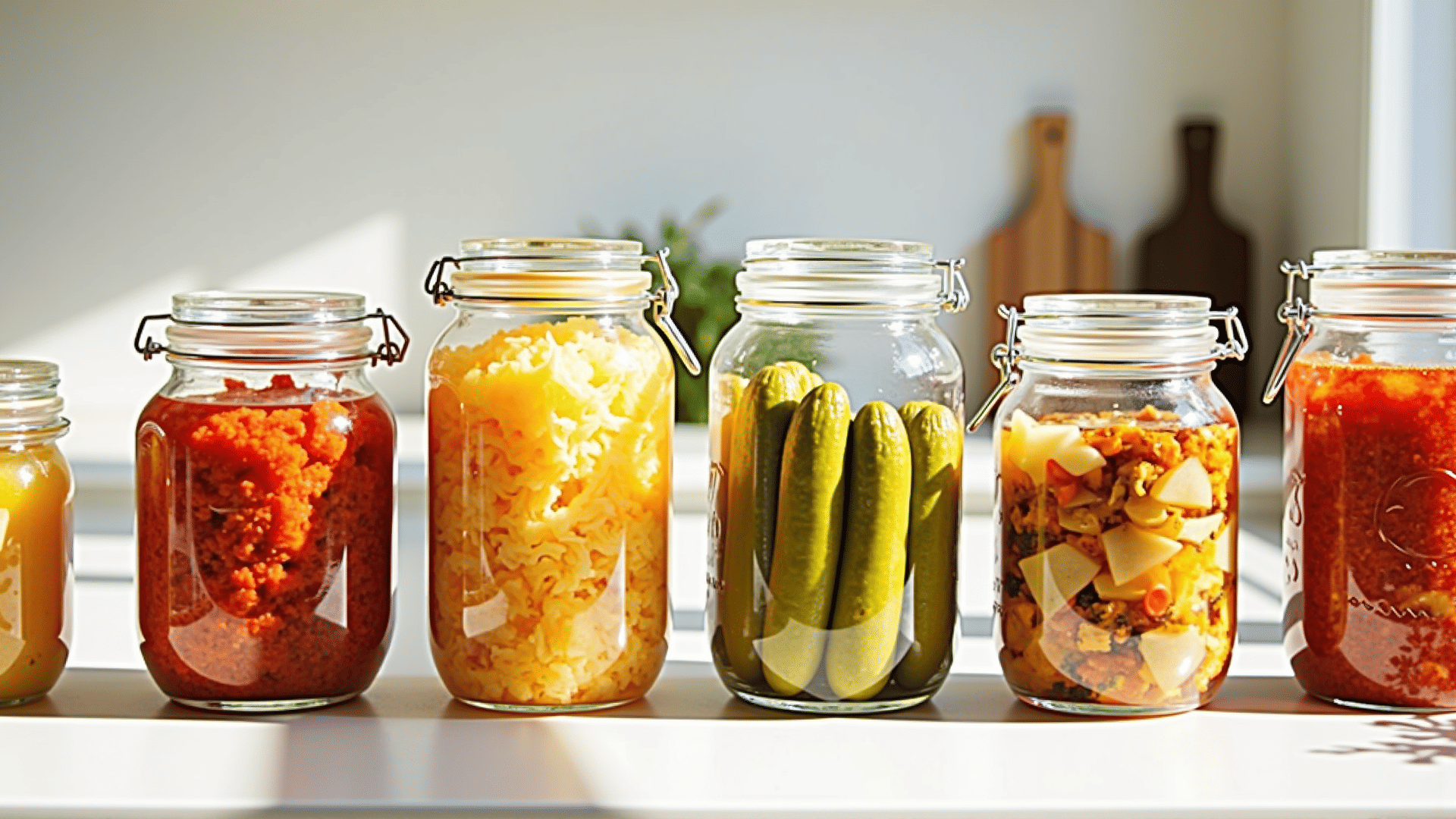Fermentation is an ancient practice that has found its way into the heart of modern Australian cuisine, offering a fascinating blend of tradition and innovation. This natural process not only preserves food but also enhances flavors and provides a range of health benefits, making it a valuable technique in today’s culinary landscape.
At its core, fermentation is a metabolic process whereby microorganisms like bacteria and yeast convert sugars into acids, gases, or alcohol. This transformation not only extends the shelf life of food but also develops complex, rich flavors that are highly sought after in contemporary cooking. The tanginess of fermented foods adds depth to dishes, creating new taste experiences that resonate with the taste buds of modern food enthusiasts.
In Australia, chefs and home cooks alike are embracing fermentation to elevate their culinary creations. Ingredients that might otherwise be discarded are given new life through this process. Waste reduction is a crucial benefit, aligning with the growing emphasis on sustainable practices within the industry. By fermenting vegetables, fruits, and even dairy, Australians are reducing food waste and contributing to a more sustainable environment.
Kimchi, sauerkraut, and pickles are classic examples of fermented foods that have gained popularity within Australian kitchens. However, the inventive use of local ingredients is what sets Australian fermentation apart. Bush tomatoes, quandongs, and other indigenous ingredients are being fermented to create uniquely Australian flavors. This not only boosts the authenticity of local cuisine but also supports the indigenous food industry, opening doors for collaboration and cultural exchange.
Health benefits are another compelling aspect of fermentation. Fermented foods are rich in probiotics, beneficial bacteria that promote gut health. A healthy gut is linked to improved digestion, enhanced immunity, and even better mental health. As Australians become more health-conscious, incorporating fermented foods into the diet offers an accessible route to improved well-being.
The process of fermentation is relatively easy to learn and adapt. It involves basic ingredients and equipment, making it an ideal technique for home cooks. Starter kits are readily available for those interested in trying their hand at creating kombucha, kefir, or sourdough at home. Workshops and cooking classes across the country are also teaching fermentation techniques, helping to spread knowledge and inspire creativity in the kitchen.
For those looking to explore fermentation in their cooking, starting small is key. Experimenting with basic recipes and gradually incorporating more complex techniques can build confidence. Trying new twists on traditional recipes, such as incorporating native Australian ingredients, allows for personal expression and culinary exploration.
In conclusion, fermentation is more than just a method of preserving food; it is an art form that enriches the fabric of modern Australian cuisine. By preserving and enhancing flavors while offering significant health benefits, fermentation continues to captivate and inspire both professional chefs and home cooks. With its sustainable practice and support for indigenous ingredients, fermentation is poised to play a significant role in shaping the future of Australia’s culinary landscape.
